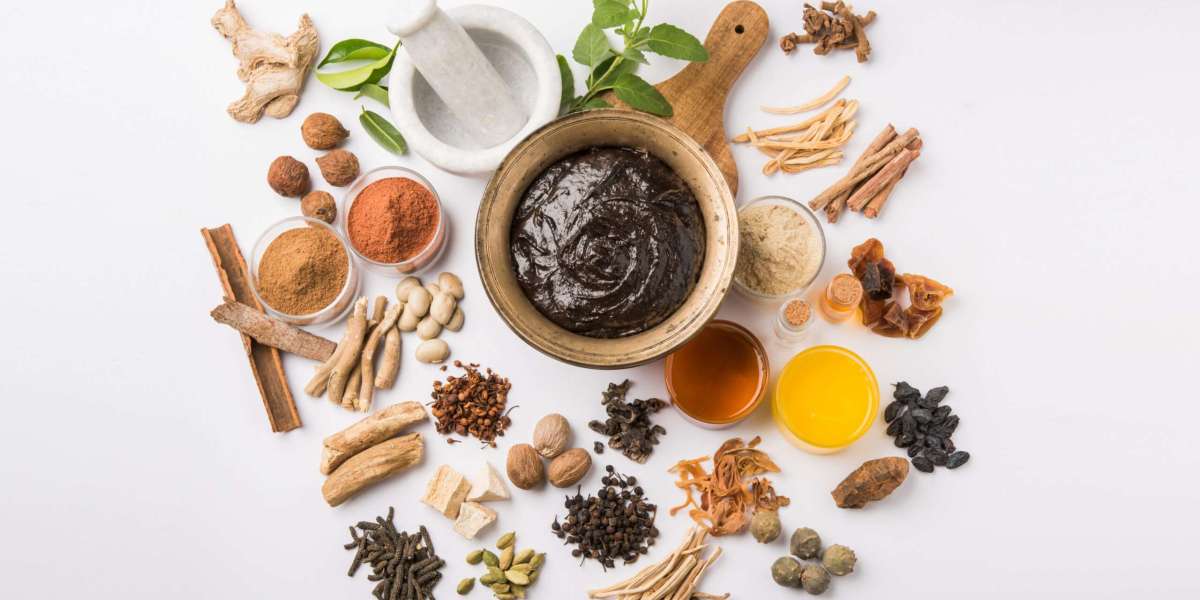Ayurveda, the ancient Indian system of medicine, encompasses a holistic approach to healthcare that emphasizes balance in the body, mind, and spirit. Among its various branches, Prasooti Tantra (Obstetrics and Gynecology) and Shalya Chikitsa (Surgery) hold significant importance. This article explores these two fields, highlighting their roles in promoting health and well-being.
Prasooti Tantra: The Science of Obstetrics and Gynecology
Overview
Prasooti Tantra is dedicated to understanding the female reproductive system, pregnancy, childbirth, and postpartum care. It integrates Ayurvedic principles with practical knowledge to support women's health throughout their reproductive years.
Key Aspects
Pregnancy Management: Ayurvedic practitioners use natural remedies to manage common issues during pregnancy, such as morning sickness, fatigue, and anxiety. Herbal medicines, dietary modifications, and lifestyle changes play a crucial role in supporting pregnancy.
Childbirth: The branch emphasizes natural childbirth, promoting practices that ensure a safe and comfortable delivery. Techniques such as breathing exercises, meditation, and specific postures may be recommended.
Postpartum Care: After delivery, women often require special care to recover physically and emotionally. Prasooti Tantra offers guidelines for diet, rest, and nurturing practices to support healing and promote lactation.
Importance
Holistic Approach: Prasooti Tantra addresses physical, emotional, and spiritual needs during the reproductive process, fostering overall well-being.
Prevention and Awareness: Education about reproductive health empowers women to make informed decisions regarding their bodies and families.
Natural Remedies: Ayurvedic formulations used in Prasooti Tantra often come with fewer side effects compared to conventional medicines, making them safer for both mothers and infants.
Shalya Chikitsa: The Science of Surgery
Overview
Shalya Chikitsa involves the surgical management of diseases and injuries in Ayurveda. While it may not be as widely recognized as modern surgical practices, it plays a crucial role within Ayurvedic healthcare.
Key Aspects
Surgical Techniques: Shalya Chikitsa in ayurveda encompasses various surgical procedures, including those for abscesses, wounds, and tumors. Ancient Ayurvedic texts describe numerous techniques and tools to ensure successful outcomes.
Injuries and Trauma: The branch provides effective treatments for traumatic injuries, focusing on healing and rehabilitation. Ayurvedic approaches may include suturing techniques, herbal applications, and detoxification methods.
Palliative Care: In addition to curative procedures, Shalya Chikitsa emphasizes palliative care for patients with chronic illnesses. This may involve managing pain and improving the quality of life through holistic methods.
Importance
Complementary to Other Treatments: Shalya Chikitsa complements Ayurveda's preventive and curative strategies, enabling a comprehensive approach to health management.
Safety and Efficacy: Ayurvedic surgical procedures often prioritize minimal invasiveness and natural healing processes, reducing the risk of complications.
Integration of Ancient Wisdom: The teachings and practices of Shalya Chikitsa are rooted in centuries of empirical knowledge, bringing a unique perspective to modern surgical techniques.
Conclusion
Both Prasooti Tantra and Shalya Chikitsa exemplify the depth and breadth of Ayurveda as a holistic system of medicine. Their integration of natural remedies, ethical principles, and patient-centered care highlights their significance not only in enhancing health but also in promoting a deeper understanding of the human body and its functions. As Ayurveda continues to gain recognition worldwide, these branches offer valuable insights into women's health and surgical practices, proving the timeless wisdom of this ancient healing tradition. Through education and awareness, practitioners can advocate for a balanced approach to health, embracing both the art and science of healing in daily life.


